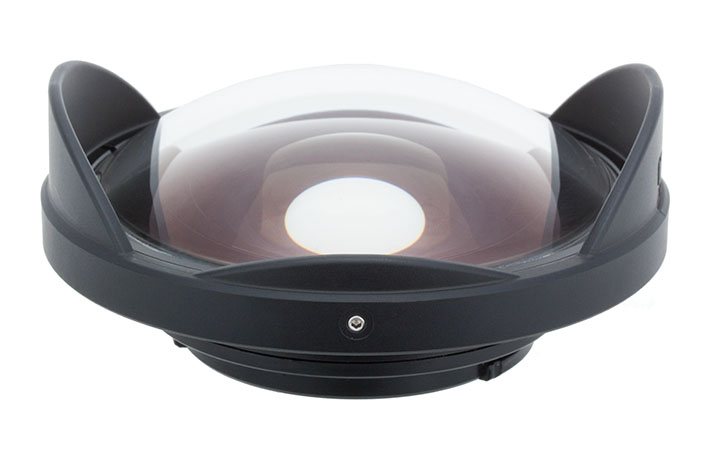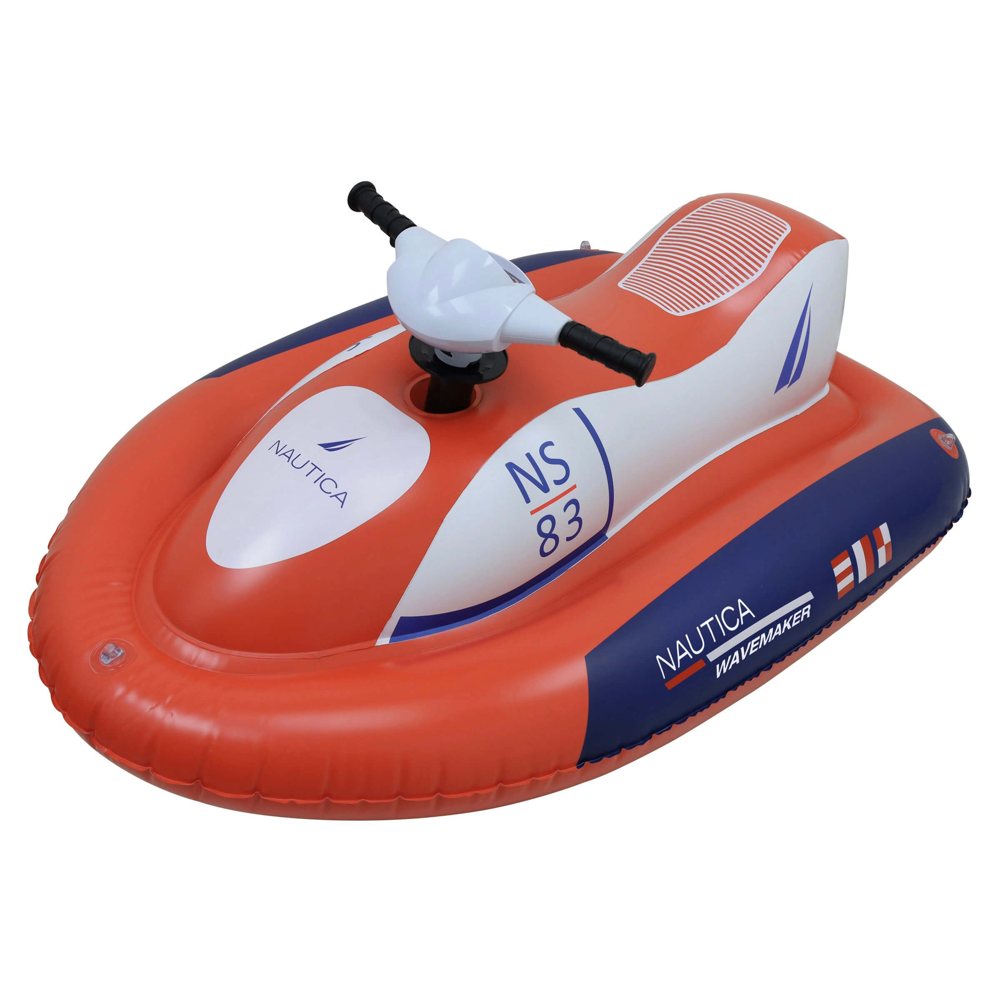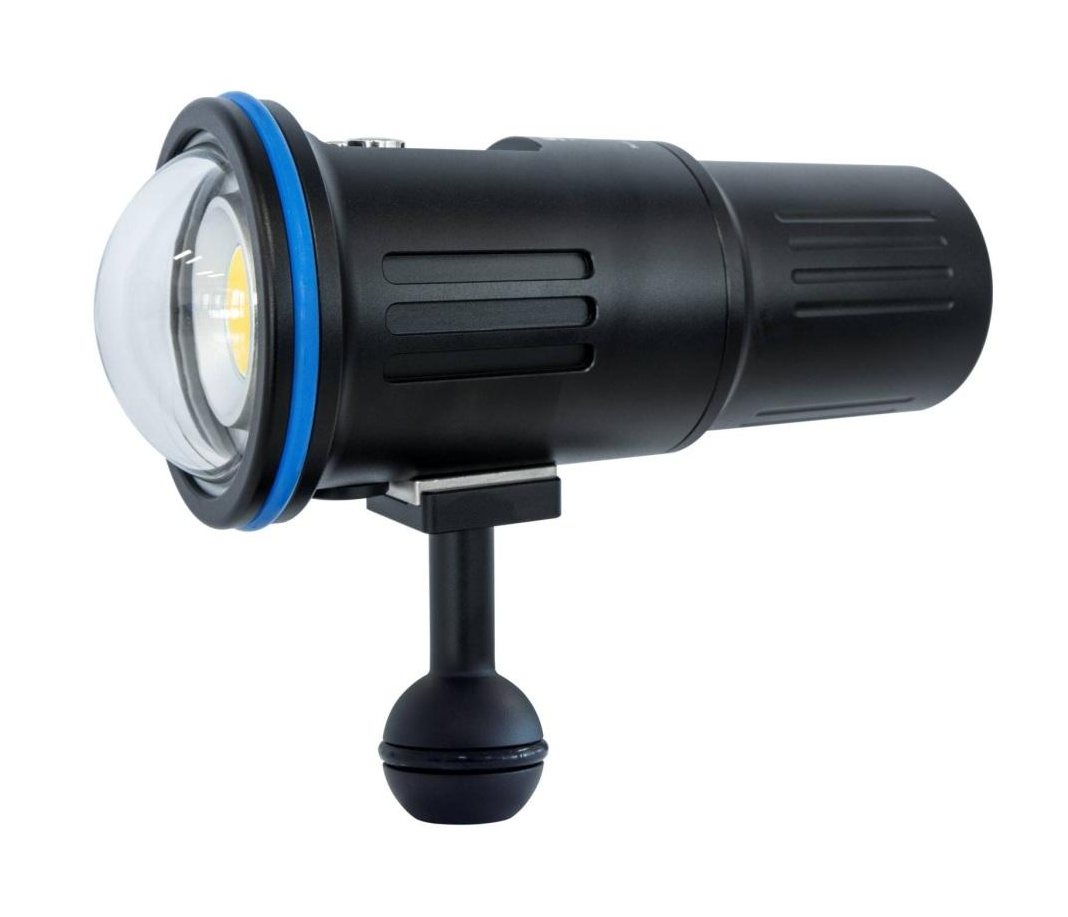- Home
- Directory
- Shop
- Underwater Cameras - Photographic Accessories
- Smartphone Housings
- Sea Scooters
- Hookah Dive Systems
- Underwater Metal Detectors
- Dive Gear
- Dive Accessories
- Diving DVD & Blu-Ray Discs
- Diving Books
- Underwater Drones
- Drones
- Subscriptions - Magazines
- Protective Cases
- Corrective Lenses
- Dive Wear
- Underwater Membership
- Assistive Technology - NDIS
- On Sale
- Underwater Gift Cards
- Underwater Art
- Power Stations
- Underwater Bargain Bin
- Brands
- 10bar
- AirBuddy
- Akona
- AOI
- Apollo
- AquaTech
- Atomic Aquatics
- aunoc
- AxisGo
- Backscatter Underwater Video and Photo
- BLU3
- Buddy-Watcher
- Cayago
- Chasing
- Cinebags
- Contour
- Deepblue
- Devilite
- Digipower
- DJI
- Dyron
- Edge Smart Drive
- Eneloop
- Energizer
- Exotech Innovations
- Fantasea
- FiiK Elektric Skateboards
- Fotocore
- Garmin
- Geneinno
- GoPro
- Hagul
- Hoverstar
- Hydro Sapiens
- Hydrotac
- Ikelite
- Indigo Industries
- Inon
- Insta360
- Intova
- Isotta Housings
- Jobe
- JOBY
- Kraken Sports
- LEFEET
- Marelux
- Mirage Dive
- Nautica Seascooters
- Nautilus Lifeline
- NautiSmart
- Nitecore
- Nocturnal Lights
- Nokta Makro
- Ocean Guardian
- Oceanic
- Olympus
- OM System
- Orca Torch
- Overboard
- Paralenz
- PowerDive
- QYSEA
- Ratio Dive Computers
- Scubajet
- Scubalamp
- Sea & Sea
- SeaDoo Seascooter
- SeaLife
- Seashell
- Seavu
- Shark Shield
- Sherwood Scuba
- Spare Air
- StickTite
- StormCase
- Sublue
- Suunto
- SwellPro
- T-HOUSING
- Tusa
- U.N Photographics
- Venture Heat
- XTAR
- Yamaha Seascooter
- Youcan Robot
- Zcifi
Fishing closures on Great Barrier Reef result in fast population recovery
Dramatic evidence that protected fish populations can bounce back rapidly from the impact of years of heavy fishing has been obtained by a team of marine scientists working on Australia’s Great Barrier Reef (GBR).
A spectacular recovery in coral trout numbers on unfished reefs has been reported by researchers following the imposition of a strict no-fishing policy across 33 per cent of the total GBR area in 2004, to form the world’s largest network of no-take reserves.
A team led by Professor Garry Russ of the ARC Centre of Excellence for Coral Reef Studies and James Cook University, Dr Hugh Sweatman of the Australian Institute of Marine Science and supported by the Australian Government’s Marine and Tropical Sciences Research Facility (MTSRF), has found coral trout numbers rebounded by 31-75 per cent on a majority of reefs which had been closed to fishing for as little as 1.5 to 2 years.
Their results, which are reported in the latest issue of the journal Current Biology, have international significance in a world in which most major fisheries are in decline, according to the United Nations Food & Agriculture Organisation. This has led international scientists to warn of a possible collapse in global seafood harvests by the 2040s.
Closing reefs to fishing is controversial, both politically and socially, and there has been huge public interest in the outcome, the researchers say. This makes accurate assessment of the effects of closure essential.
“We were very agreeably surprised at the speed at which coral trout populations recovered – and also the sheer scale and consistency of the response,” Prof. Russ says.
Closed inshore reefs in the Palm and Whitsunday islands showed increases in coral trout population densities of 65 and 75 per cent respectively compared with paired reefs left open to fishing. Closed reefs offshore of the cities of Townsville (64%), Cairns (53%) and Mackay (57%) also showed marked improvements.
However densities of coral trout on the reefs left open to fishers showed little or no change in fish density. On only one closed reef was there a decline in the trout population - the Keppel Islands which, in March 2006, were hit by a devastating coral bleaching episode.
The team said that angling effort displaced from the closed reefs onto open reefs probably had little effect, as there was at the same time a decline in commercial fishing on these reefs.
In time, they say, the higher fish populations on closed reefs may lead to improvements in fish numbers on open reefs, as juveniles from closed areas settle on open ones.
“The results are very convincing, because we surveyed such a huge area – 56 reefs spread over more than 1000 kilometers from north of Cairns to the Capricorn-Bunker islands in the south,” Dr Peter Doherty, Research Director of AIMS, says.
“The data from these reefs was remarkably consistent – and we were pleasantly surprised to observe such rapid improvements in fish densities. Though it is still early days, it certainly looks as if the no-take marine reserves are working as hoped.”
Professor Russ adds: “The GBR is an Australian and international icon, the largest and most complex of marine ecosystems. Our findings provide encouraging evidence that bold political steps to protect such ecosystems can be successful.”
“We now have greater protection for the tourism industry on the GBR, which is worth in excess of $5bn - and the extra protection may also enhance the sustainability of reef fishing in the longer term.”
“This means a great deal. A major precedent has been set. Our findings show that large scale reserve networks, set up to protect biodiversity and ecosystems, can produce rapid positive responses for harvested species. It is an important lesson for the entire world.”
The research was undertaken by a team led by Professor Garry Russ from the ARC Centre of Excellence for Coral Reef Studies and James Cook University, and Dr. Hugh Sweatman from the Australian Institute of Marine Science.
This work has been funded through the Australian Institute of Marine Science, James Cook University, the ARC Centre of Excellence for Coral Reef Studies and the Australian Governments Marine and Tropical Sciences Research Facility.
More info and contacts at
http://www.coralcoe.org.au/news_stories/troutbounce.html
![]() Contributed by Tim Hochgrebe added 2008-07-12
Contributed by Tim Hochgrebe added 2008-07-12
Replies of 3
- PhillipB added 2008-08-06
Little Green Lies Walter Starck, PhD
The recently announced claims of a dramatic increase in coral trout numbers on protected reefs is a prime example of the misleading claims and poor science that characterises the ongoing mis-management of the Great Barrier Reef and our marine resources generally. Some points worth noting:
· Trout numbers vary considerably from reef to reef and year to year depending upon random variables affecting juvenile recruitment. · Extensive earlier surveys spanning two decades have generally found little difference in numbers of trout on open and closed reefs. · The time since closures of the new areas began is insufficient to account for the claimed increase in populations. · The claims of dramatic increases are based on preliminary results cherrypicked from an incompleted survey. · Personal communication with scientists involved in the current survey confirms that, as in earlier surveys, the general pattern indicates only marginal differences between open and closed reefs. · Attributing an increase in numbers to protection without long term evidence,adequate sample size, some measure of fishing effort and full disclosure of findings is simply poor science. · Any significant fishing pressure should be expected to reduce numbers compared to no fishing pressure. The proper aim of management is to maximise the sustainable yield not maximise the population. Stock will always be greater if none at all are harvested. · It is a rule of thumb in fisheries management that maximum sustained yield is normally achieved at a population level of about 30 to 40% of the un-fished level. · Large protected areas concentrate fishing pressure in areas left open and can be expected to increase the differential. · If expanded protected areas can be shown to have increased the total sustainable harvest they will have been a success. If it is unchanged or reduced and they result in fishermen having to go farther and burn more fuel to fish they are an environmental detriment. · With a total harvest rate of less than 1% of the broadly accepted and practiced sustainable level for reef fisheries elsewhere the claimed threat of overfishing on the GBR is totally without scientific merit. · 90% of the GBR is rarely fished or even visited by anyone and is a de facto green zone. · Green zones do nothing to prevent pollution, storms, coral bleaching, or ship groundings. Their sole effect is to prohibit fishing, which is the only economic use of this resource in most areas and is at a level that is far below the sustainable limit.
When management imposes costly and un-needed measures that serve only to increase their own domain and impede productivity it is time for new management.
- FNQfisherman added 2008-09-10
What I and my mates, who have all fished the GBR off the Daintree/Cairns region for the last 25 - 30 years have long said based on personal observation of regular trips to the same reef areas over that extended period is that an increased legal length, which allows the fish to breed an extra couple of seasons before it can be legally kept will be far more effective and equitable than closing off areas to fishing - and it is also not discriminatory - it applies to both recreational and commercial fishermen. (I personally don't mind the yellow zones though as they limit commercial activity close to hard fished areas - though being able to have a floating mackeral line out the back in addition to the one line per person wouldn't go astray)
check out the attached link which summarises the experience of reef closures in the Far north back in the 90's and discredits the value of the full closures and which, if you read between the lines - supports my comment about letting the fish breed more.
why close off areas to the public when the aims of the green zones (as no take - opposed to no entry etc) can be better achieved through other mechanisms.
- Emma added 2008-09-15
It is encouraging that the fish spieces can bounce back so quickly and seemingly easily, but shouldnt we be asking ourselves the question 0should they have to manage this? Sholdnt we be protecting them from this in the first place??
Replies of 3
![]() Login or become a member to join in with this discussion.
Login or become a member to join in with this discussion.

 QYSEA Australia
QYSEA Australia
QYSEA Australia - we are the exclusive distributor Fifish V6 and other fantastic underwater drones from QYSEA.
Shopfront
-
 Nautica Seascooter Marine 500
Nautica Seascooter Marine 500
- Price A$ 899.00
-
 SwellPro Fisherman FD3 ADVANCED - WaterProof Fishing Drone
SwellPro Fisherman FD3 ADVANCED - WaterProof Fishing Drone
- Price A$ 3,499.00
-
 AOI UH-EM10IV Underwater Housing for Olympus EM-10 IV
AOI UH-EM10IV Underwater Housing for Olympus EM-10 IV
- Price A$ 1,189.00
-
 Inon UFL-G140 SD Underwater Semi-fisheye Conversion Lens
Inon UFL-G140 SD Underwater Semi-fisheye Conversion Lens
- Price A$ 649.00
-
 Nautica inflatable Jet Ski Wavemaker
Nautica inflatable Jet Ski Wavemaker
- Price A$ 499.00
-
 QYSEA Fifish V6 Plus - Underwater Drone Kit
QYSEA Fifish V6 Plus - Underwater Drone Kit
- Price A$ 25,000.00
-
 Scubalamp V3K V3 Photo/Video Light - 5000 Lumens
Scubalamp V3K V3 Photo/Video Light - 5000 Lumens
- Price A$ 549.00
Articles
-
 Ningaloo Reef - By Paul and Kelly Wags
Ningaloo Reef - By Paul and Kelly Wags
by KellyW
- Divers the world over can be divided into two groups, those who would like to visit Exmouth and Ningaloo Reef and those who would like to go back there.



 FLIP12 Pro Package with DIVE & DEEP Filters & +15 MacroMate Mini Lens for GoPro HERO 5, 6, 7, 8, 9, 10, 11, 12 and 13
FLIP12 Pro Package with DIVE & DEEP Filters & +15 MacroMate Mini Lens for GoPro HERO 5, 6, 7, 8, 9, 10, 11, 12 and 13




